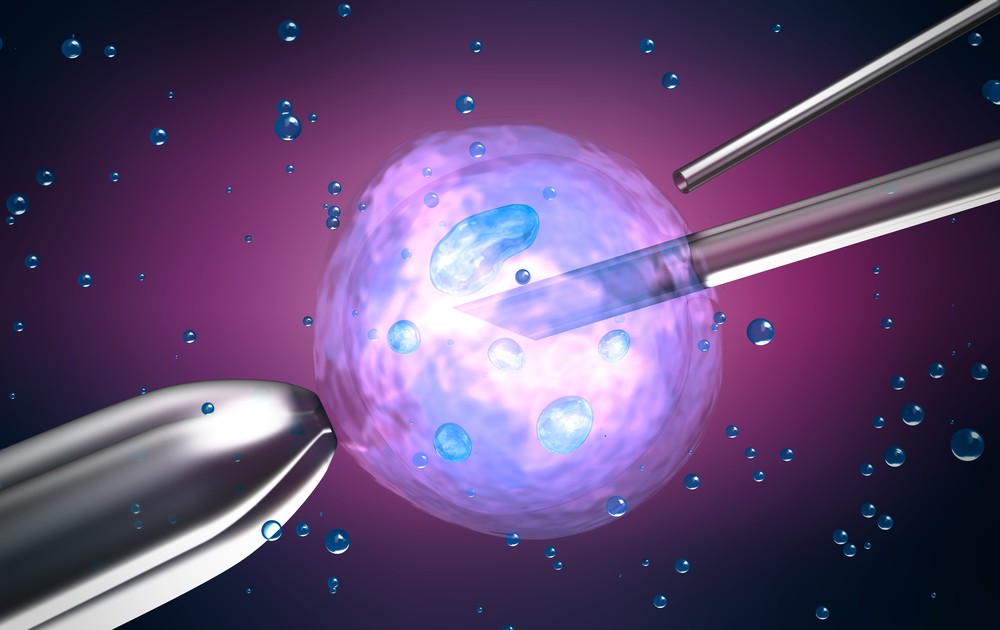Did you know that 85,000 women undergo in vitro fertilization every year in the United States? The American Society for Reproductive Medicine defines IVF as an ART (Assisted Reproductive Technology) method whereby an egg and a sperm cell are combined in a lab dish out of the body. Once this has been done successfully, the fertilized eggs, now termed as embryos, are then transferred into the woman’s body. They then implant into the wall of the uterus and begin to develop. There are complications that may arise with this procedure and it is important that anyone interested in IVF first familiarize him or herself with the associated risks.

Anyone asking the question ‘what is in vitro fertilization?’ may not know why there is a need for it. IVF is used to treat infertility caused by a variety of health conditions. These conditions may include:
- Ovulation disorders – If one has infrequent ovulation or none at all fertilization becomes difficult because there are fewer eggs available.
- Endometriosis – this is a condition where uterine tissue implants itself outside the uterus and proceeds to grow. This can affect how the fallopian tubes, uterus and ovaries function.
- Blocked or damaged fallopian tubes – If your fallopian tubes have suffered damage or have become blocked, fertilization will become difficult. Additionally, once an egg has been fertilized, it may be difficult for the embryo to travel through the fallopian tube to implant in the uterus.
- Uterine fibroids – These are commonly found in women who are in their thirties and forties. They are non-cancerous tumors found in the uterine wall. They tend to interfere with embryo implantation.
- Previous tubal ligation or removal – The Society for Assisted Reproductive Technology recommends that if a woman under the age of 35 has undergone tubal ligation and would like to have a baby, she should go with tubal reversal. However, if she is over the age of 35 IVF is recommended. It is also recommended if her partner has male factor infertility.
- Early ovarian failure – This is where normal function of the ovaries is lost before one attains the age of forty. When premature ovarian failure occurs, you are unable to release eggs regularly. Additionally, you may not be able to produce the normal quantity of estrogen.
- Inexplicable infertility – Sometimes the cause of infertility cannot be found even after a thorough evaluation.
- Sperm dysfunction or impaired production – This can include poor sperm mobility, abnormal shape and size of sperm cells and sperm concentration that is below average. All these make it difficult for the sperm to fertilize the egg.
- Genetic disorders – If the parents have a genetic disorder that they risk passing on to their child, IVF may help due to pre-implantation genetic diagnosis. Once the eggs have been fertilized, they are then screened for those particular genetic problems. If they are not found the embryos are then transferred for implantation in the uterus.
- Fertility preservation – People suffering from cancer and who will soon be starting their cancer treatments may consider IVF in order to preserve their fertility. Both chemotherapy and radiation can harm fertility. It is a good idea for women to have their eggs harvested and frozen for future fertilization. Alternatively, they can be fertilized and frozen in the embryonic stage.

